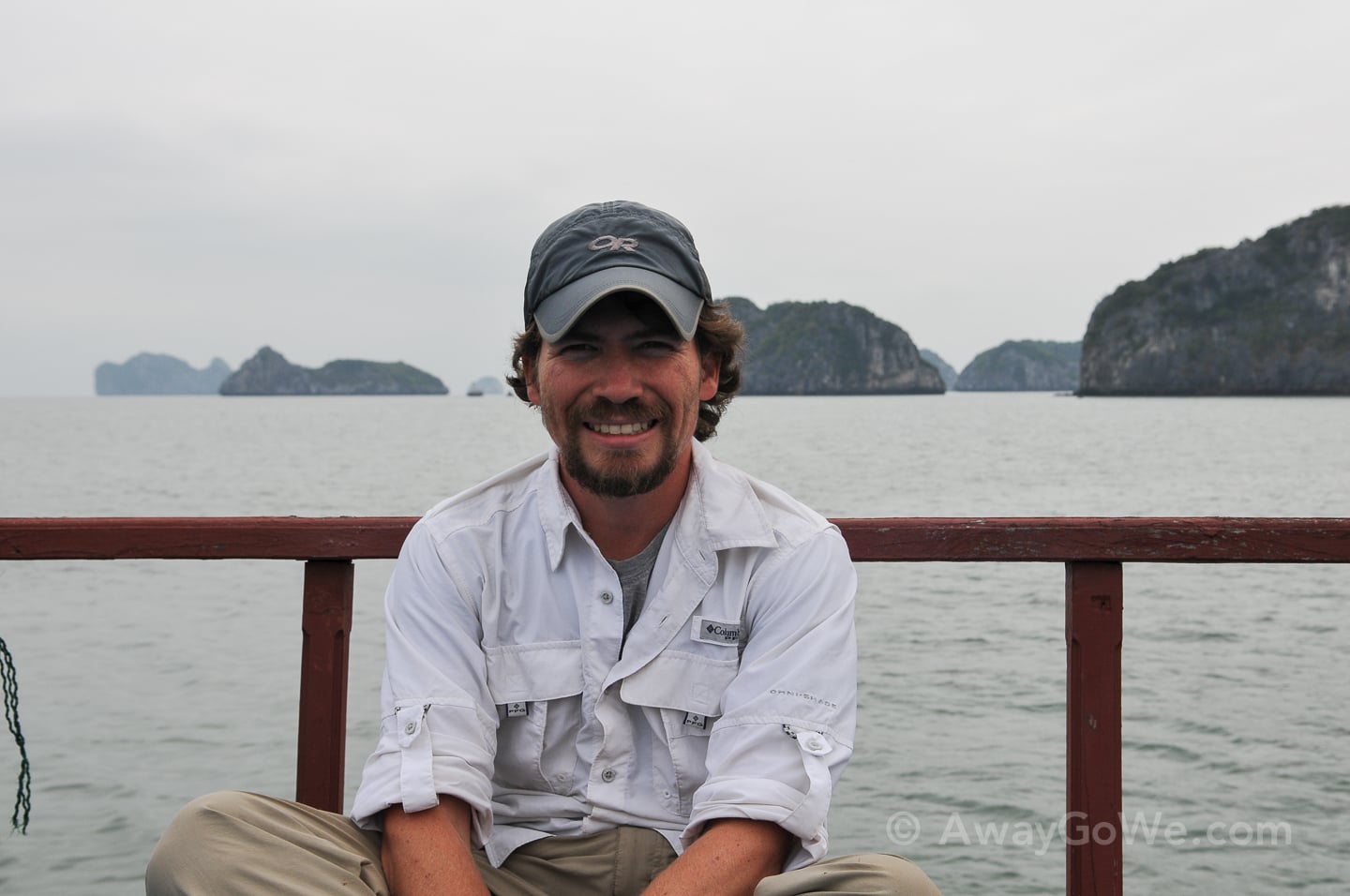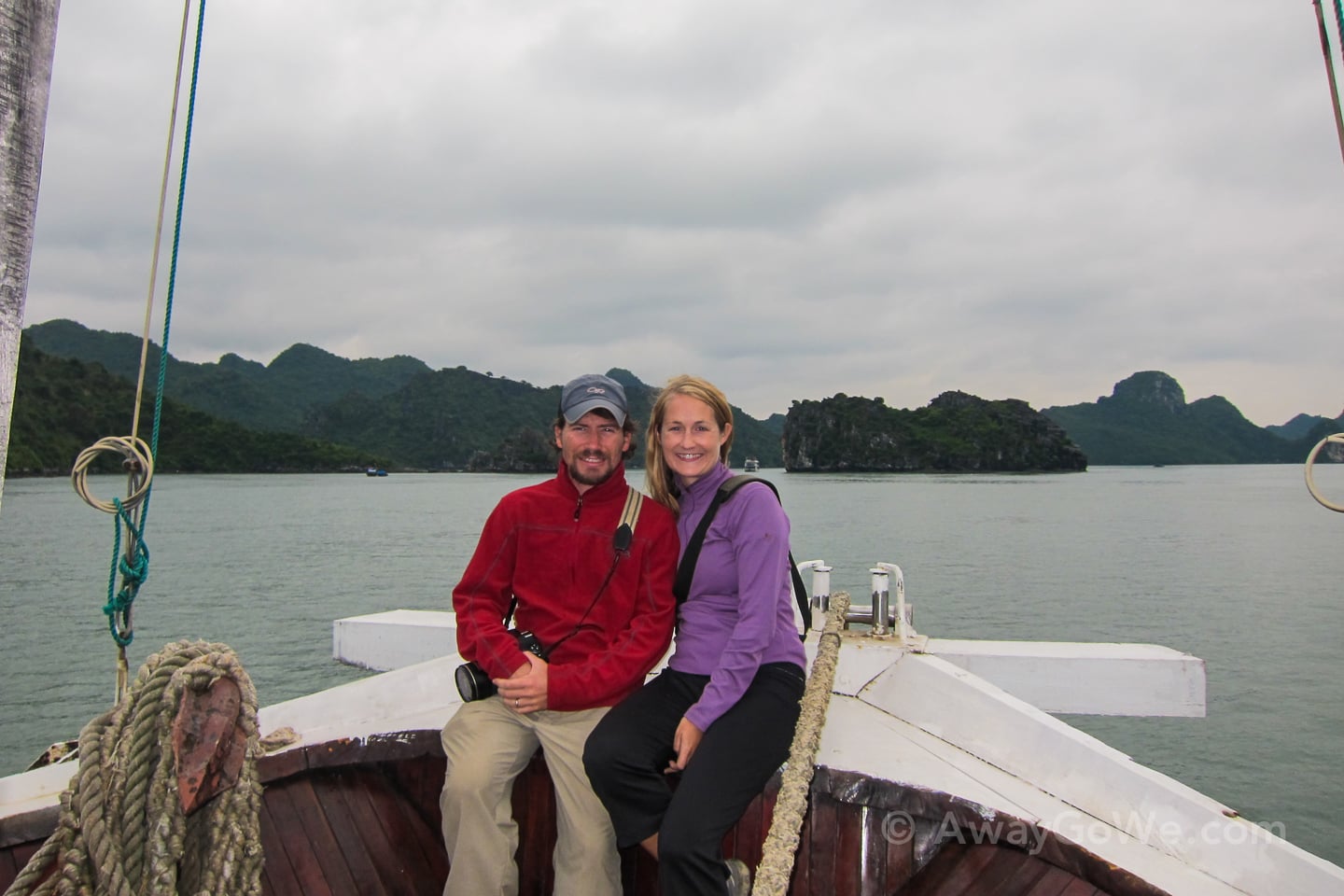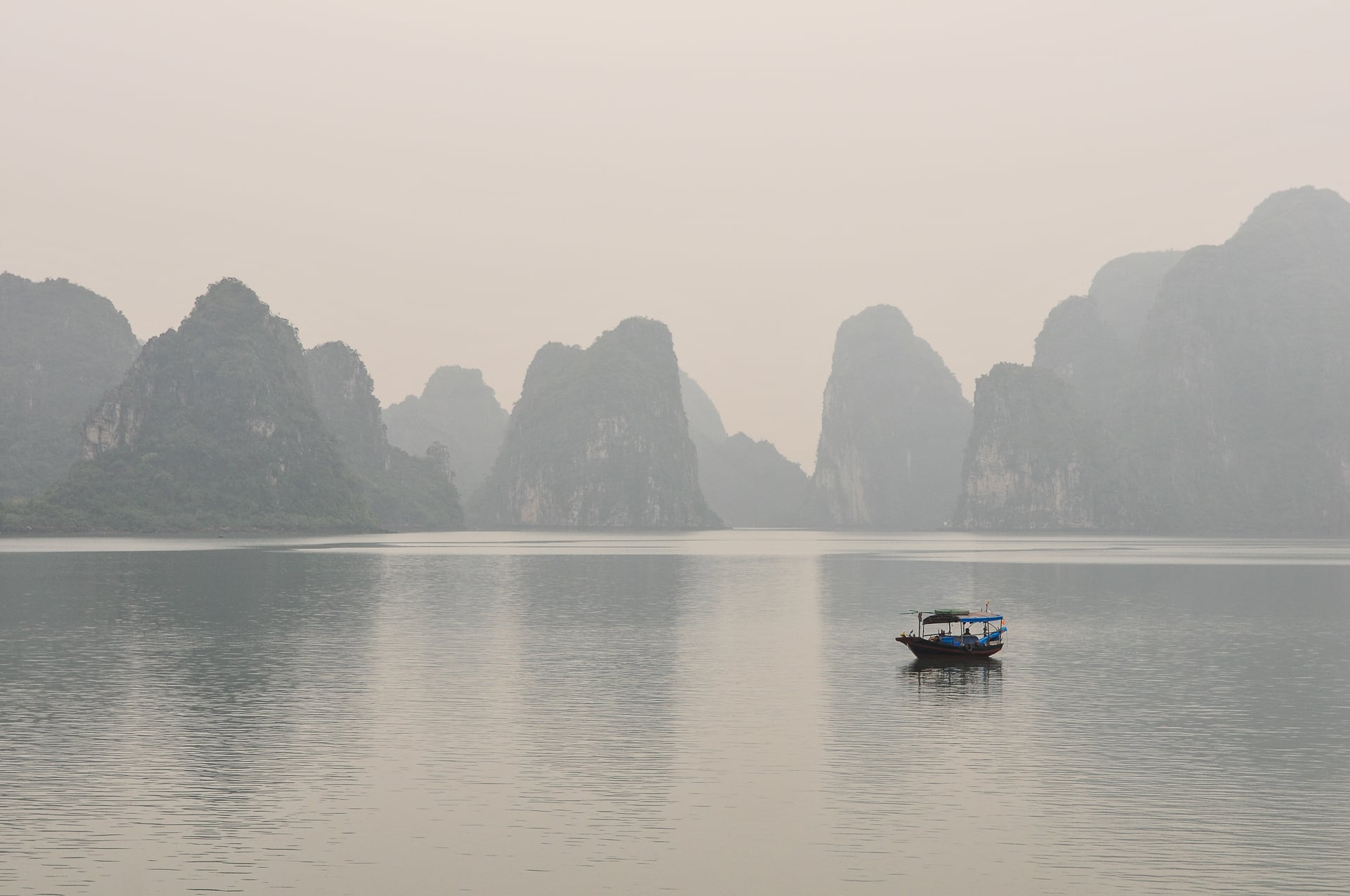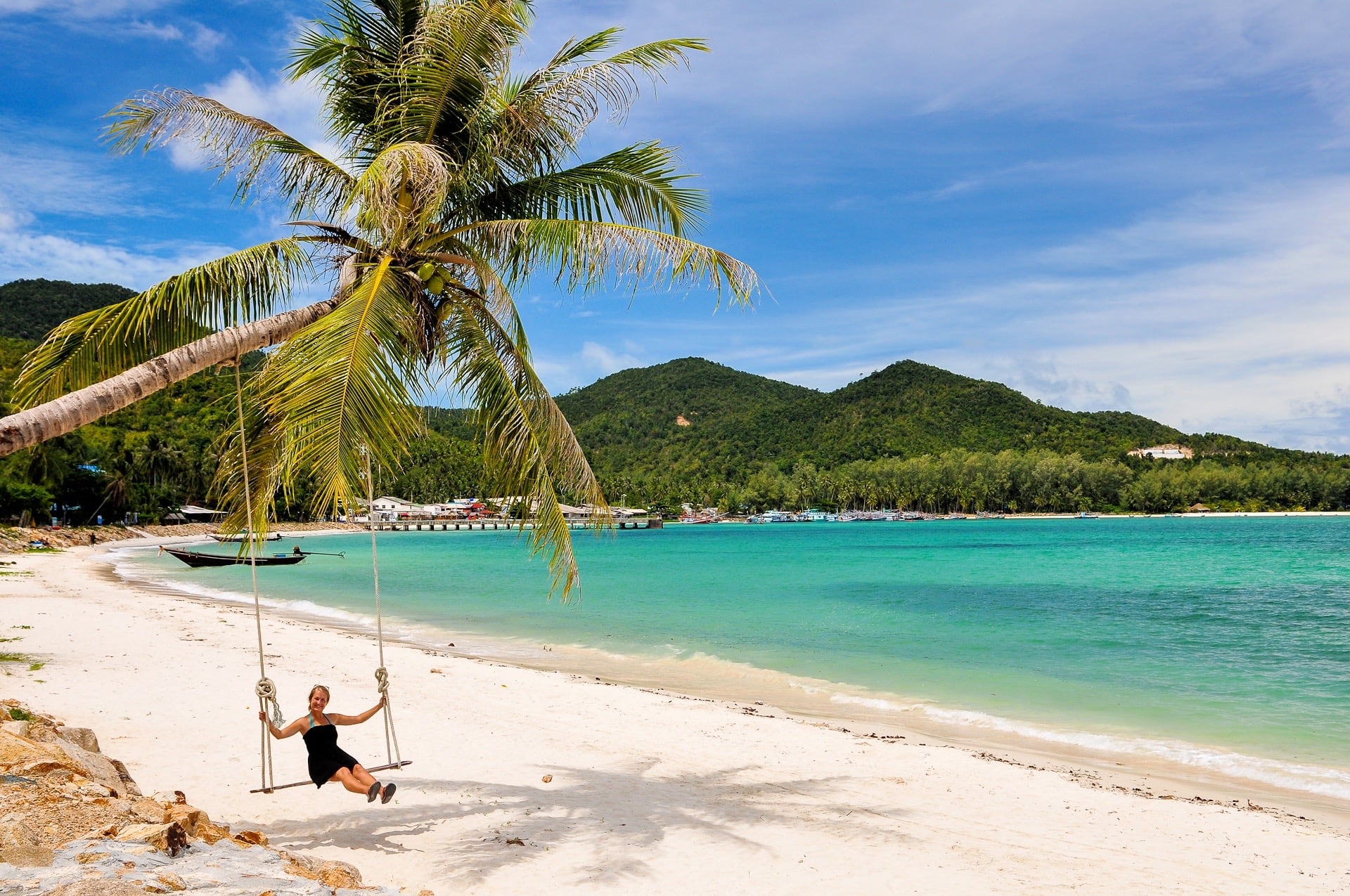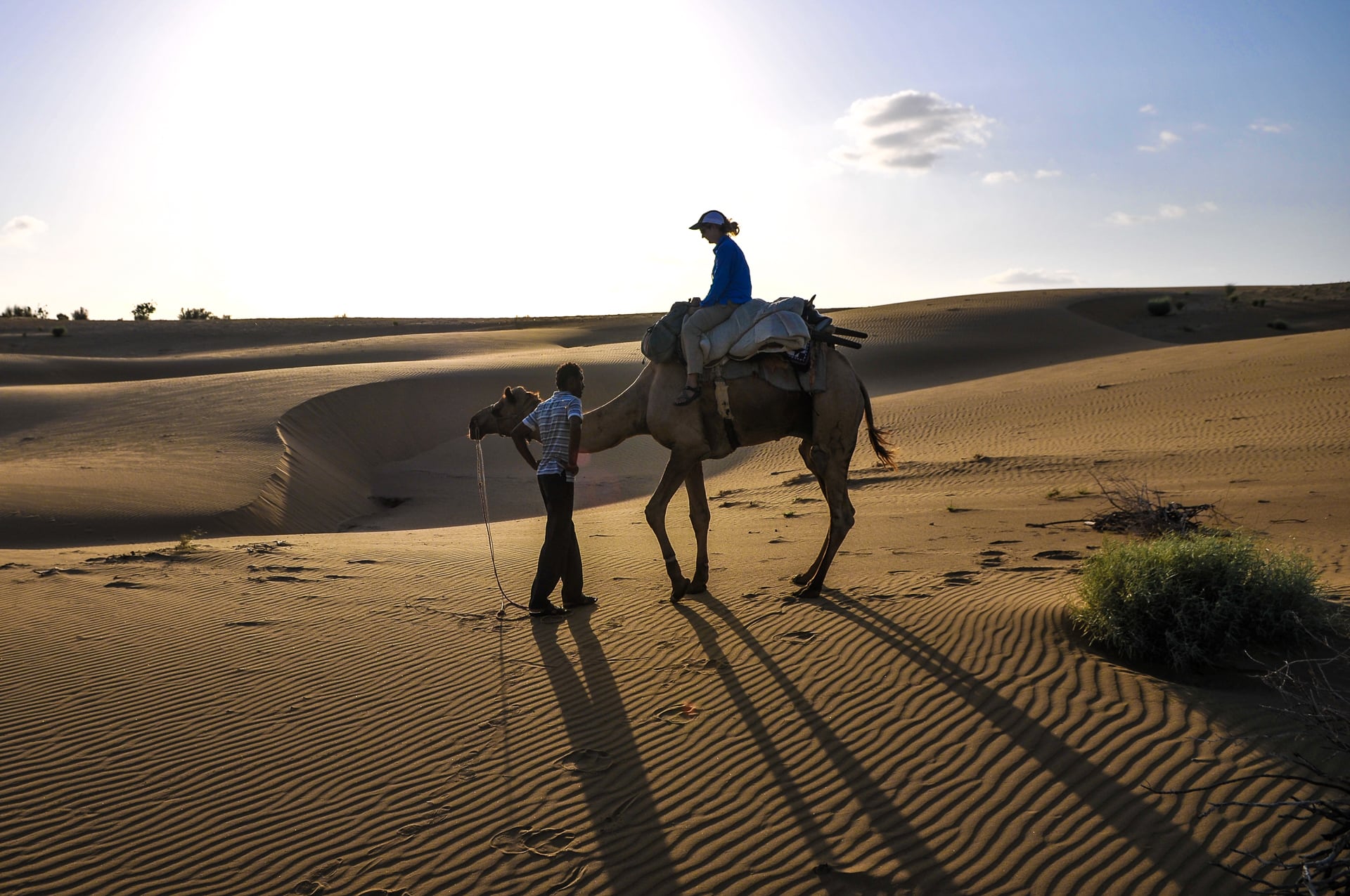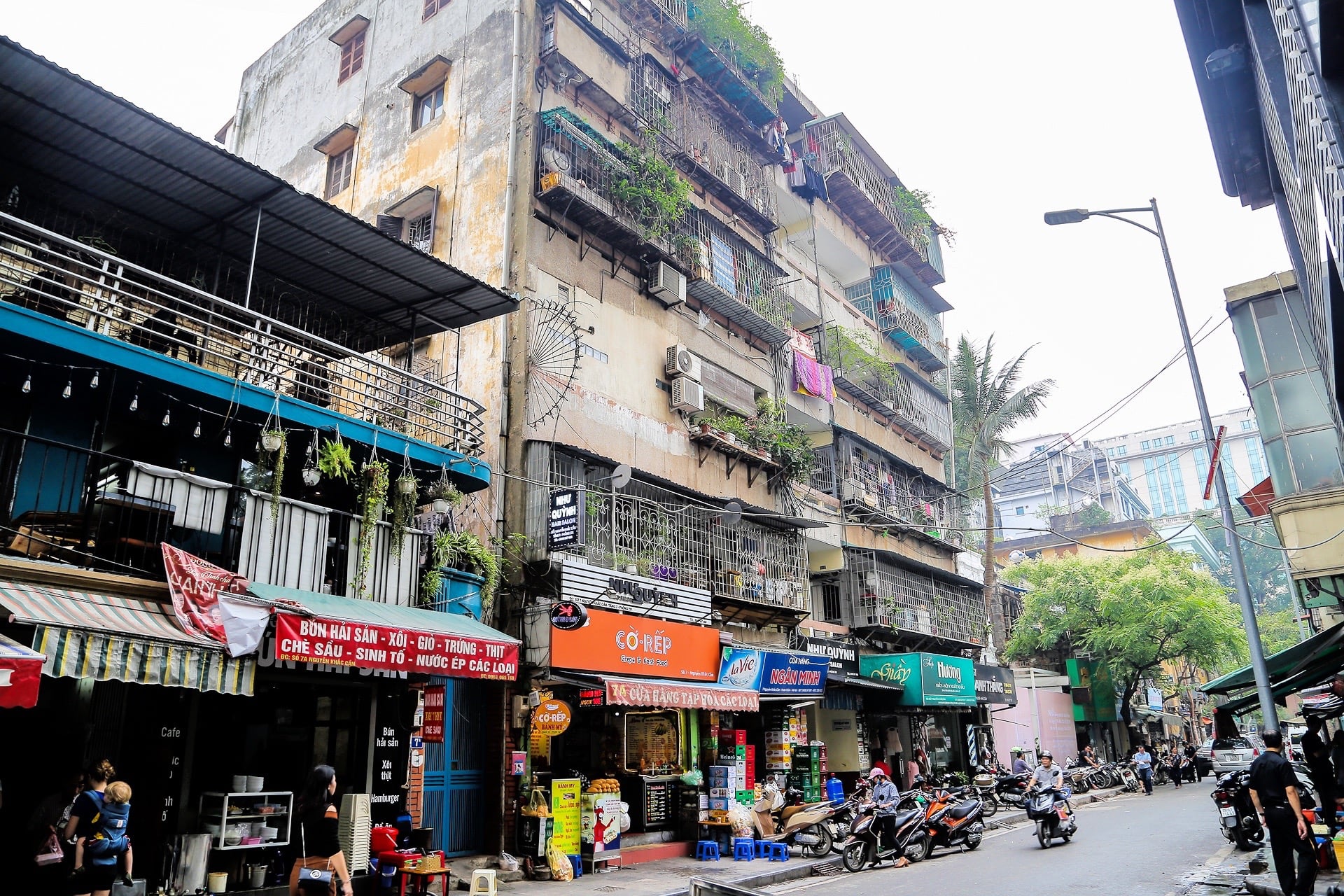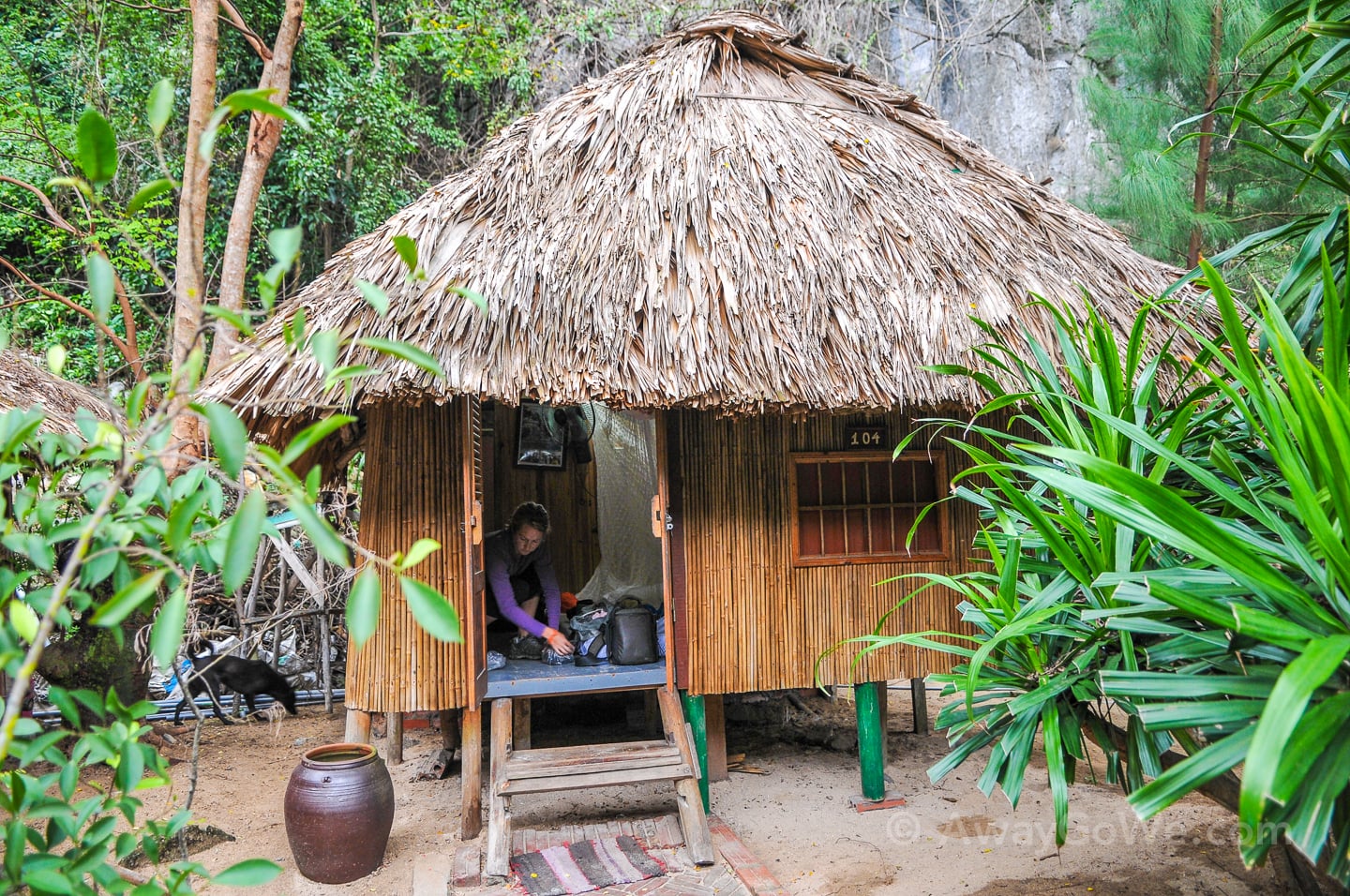
Thick mist obscured the jungle-covered limestone cliffs jutting out of the water. The frigid sting of winter wind greeted us at the doorway of our thatch cabana. Lori and I slept surprisingly comfortably behind the reed walls, but found ourselves exposed to the elements at our doorstep.
We walked the grey coastline, ate breakfast, and gathered up our things. By mid-morning, we were back on the tender.
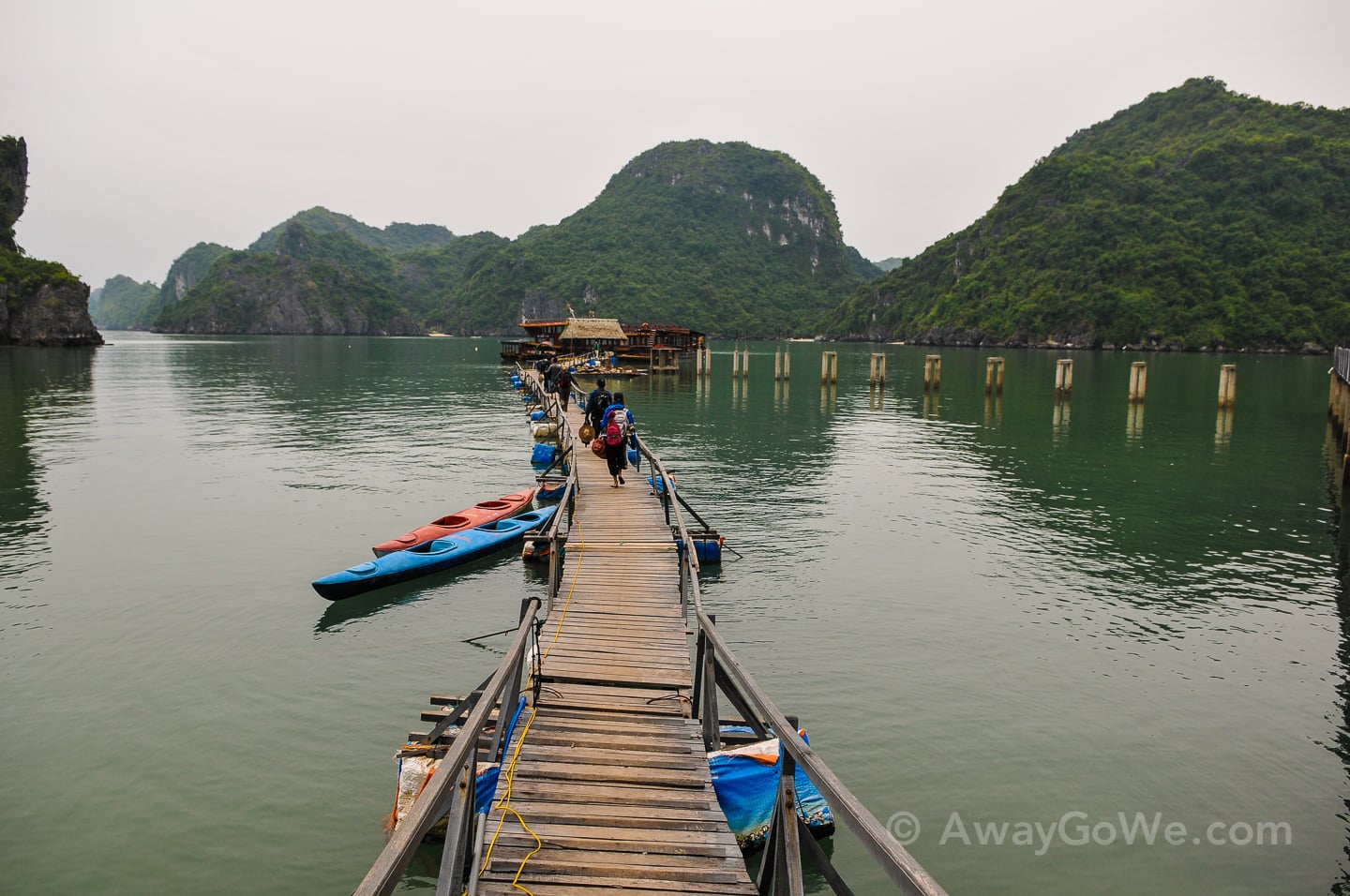
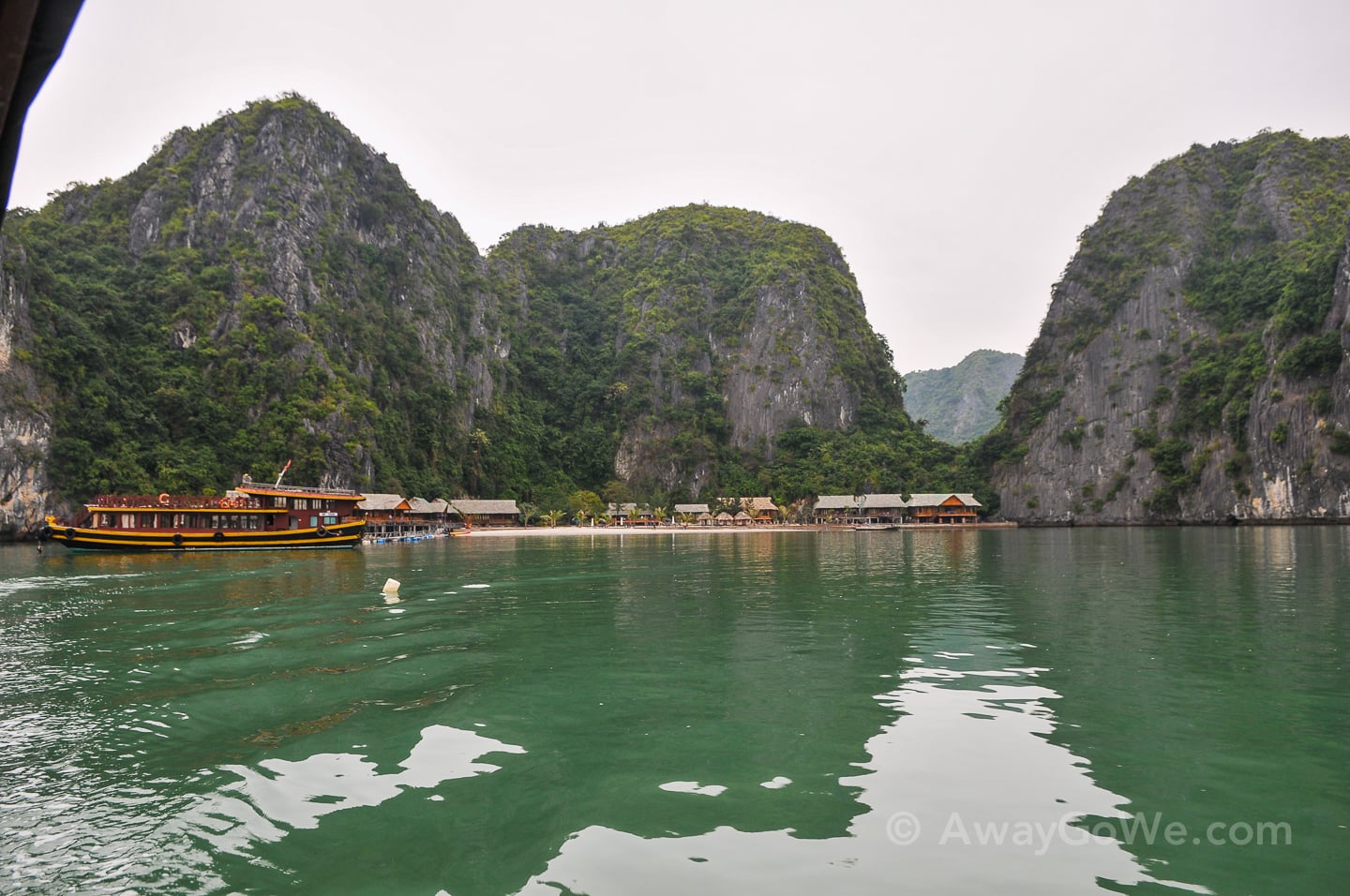
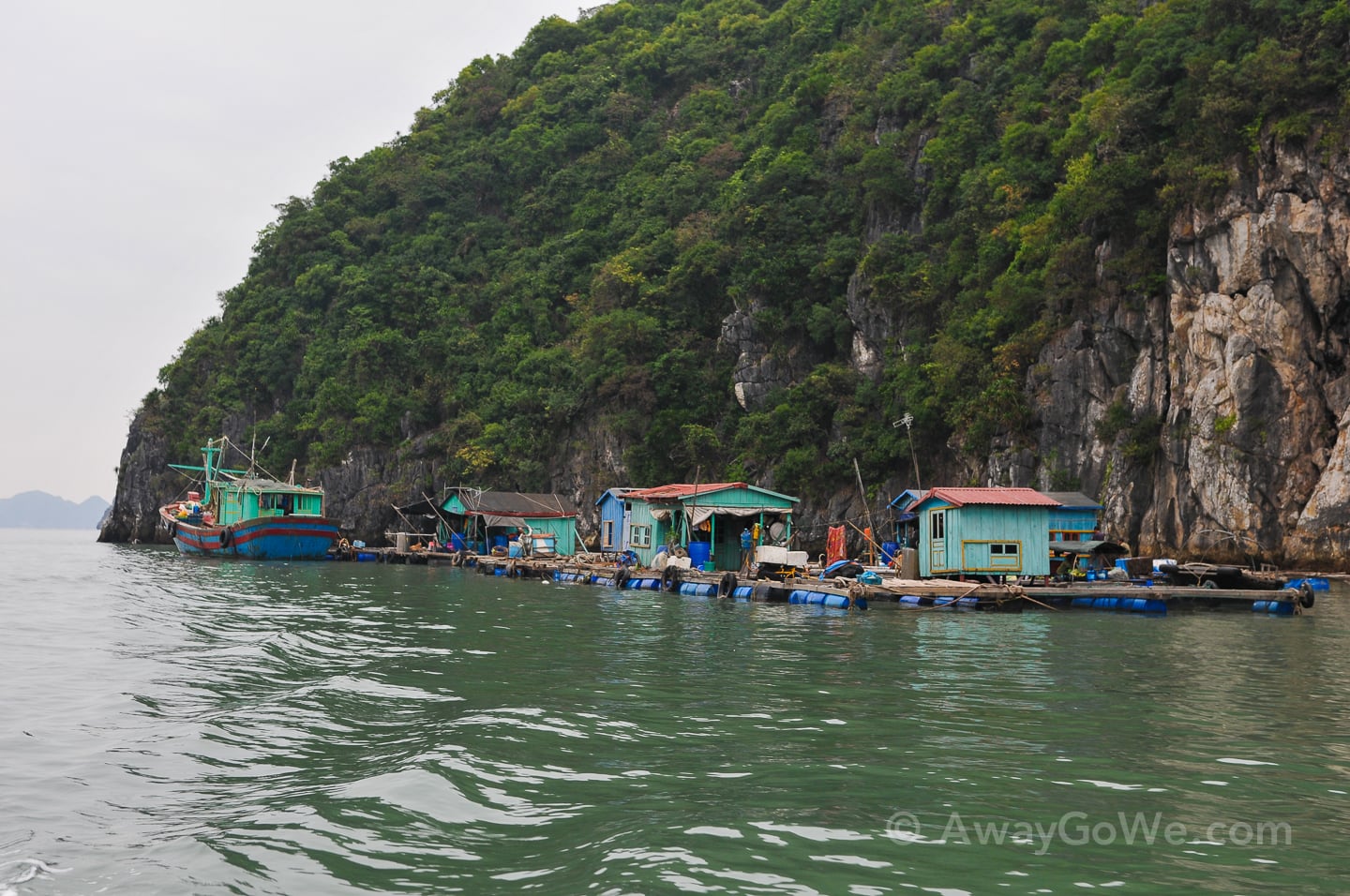
It was hard to tell whether the people we were passing were just waking up or settling down for some shuteye after a long night’s work. Whichever it was, it was apparent the small village was in transition from one state to another.
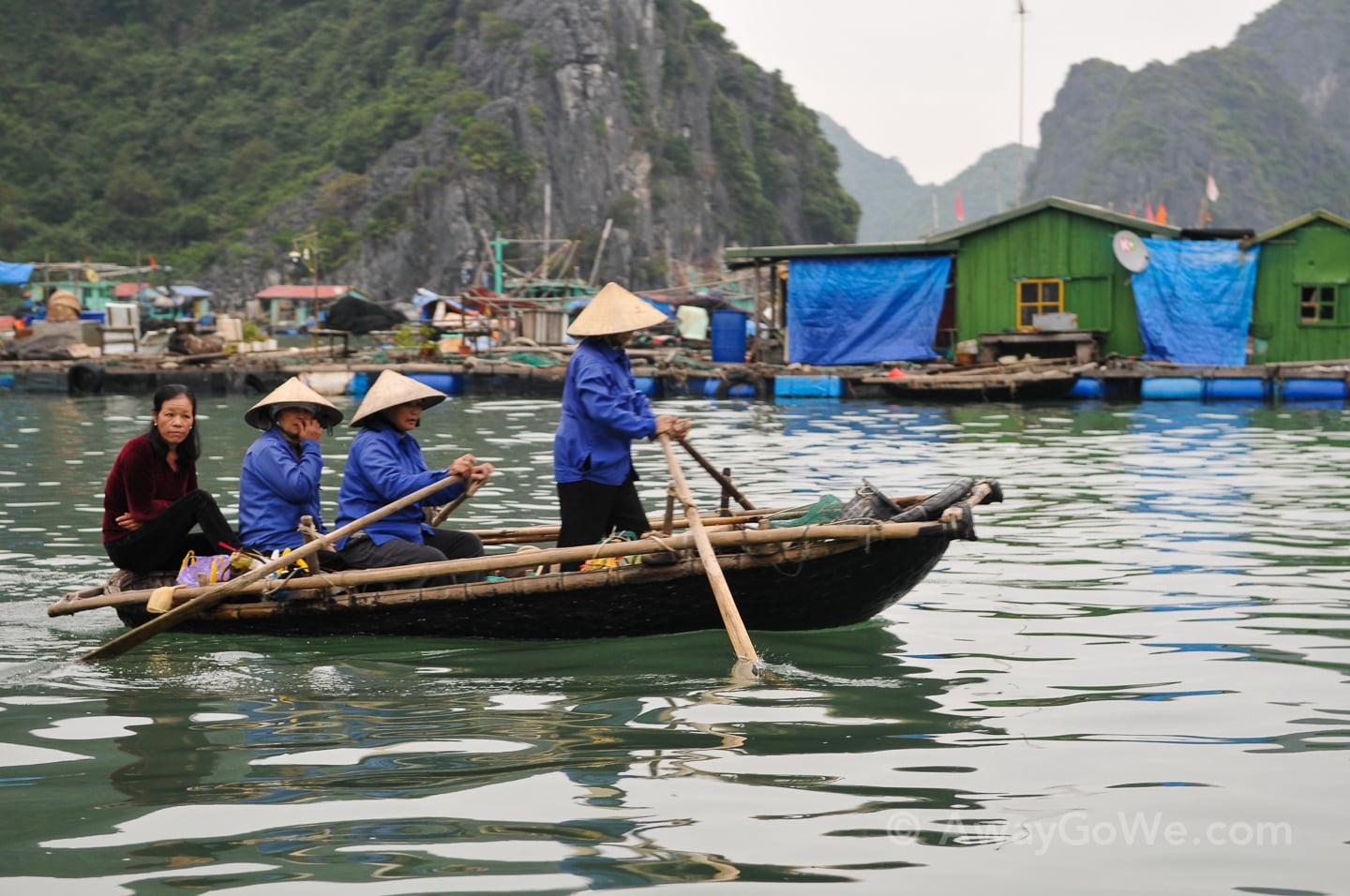
We returned to Cát Bà Town to join the others who had stayed in a hotel the previous night and board the Cristina. From town, we spotted a glimmer of white on the horizon through the fog. It was the Cristina anchored in the placid bay.
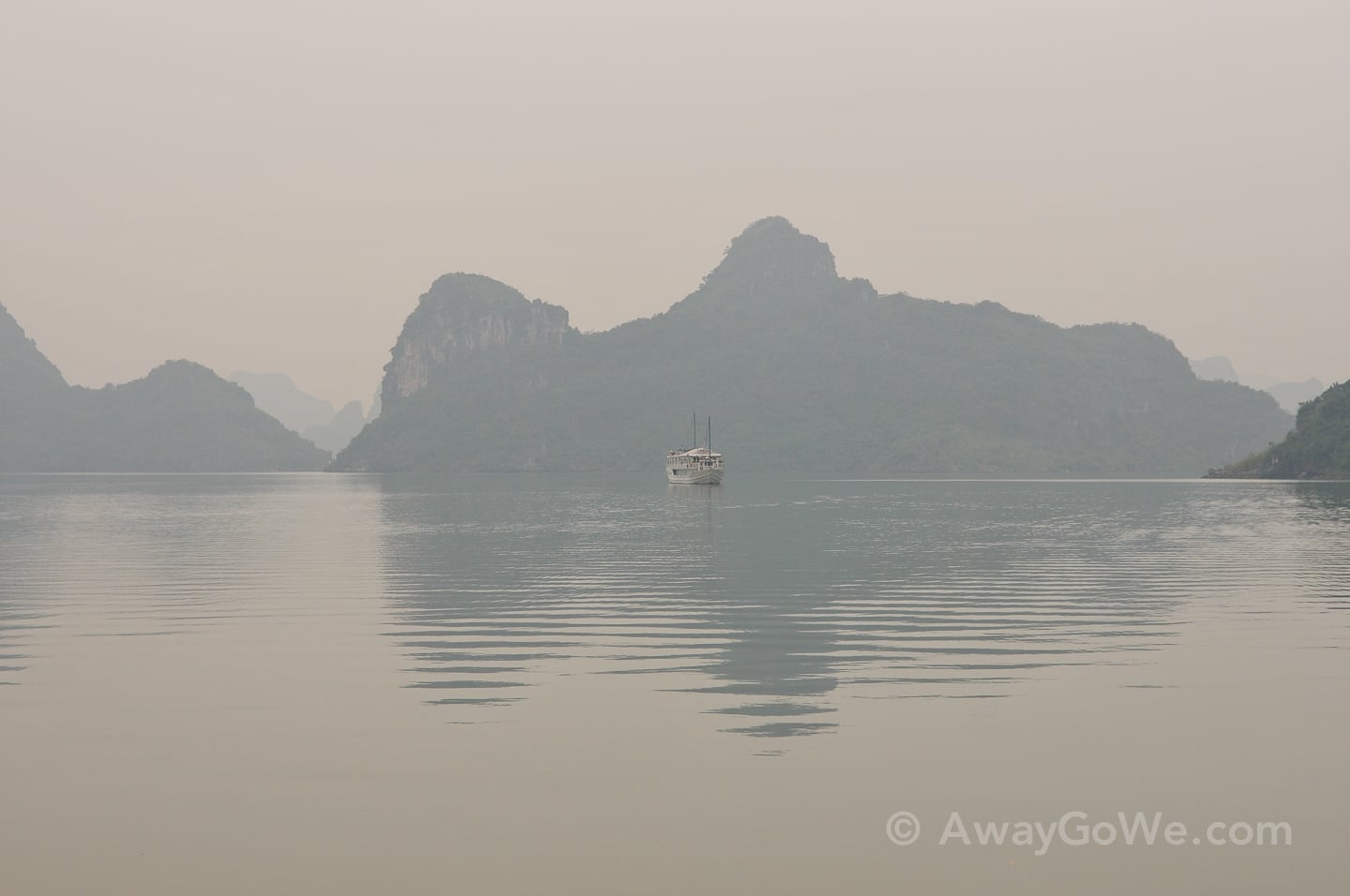
It’s been 24 hours since we left the Cristina and boarded the tender for Monkey Island and Cát Bà Sandy Beach Resort.
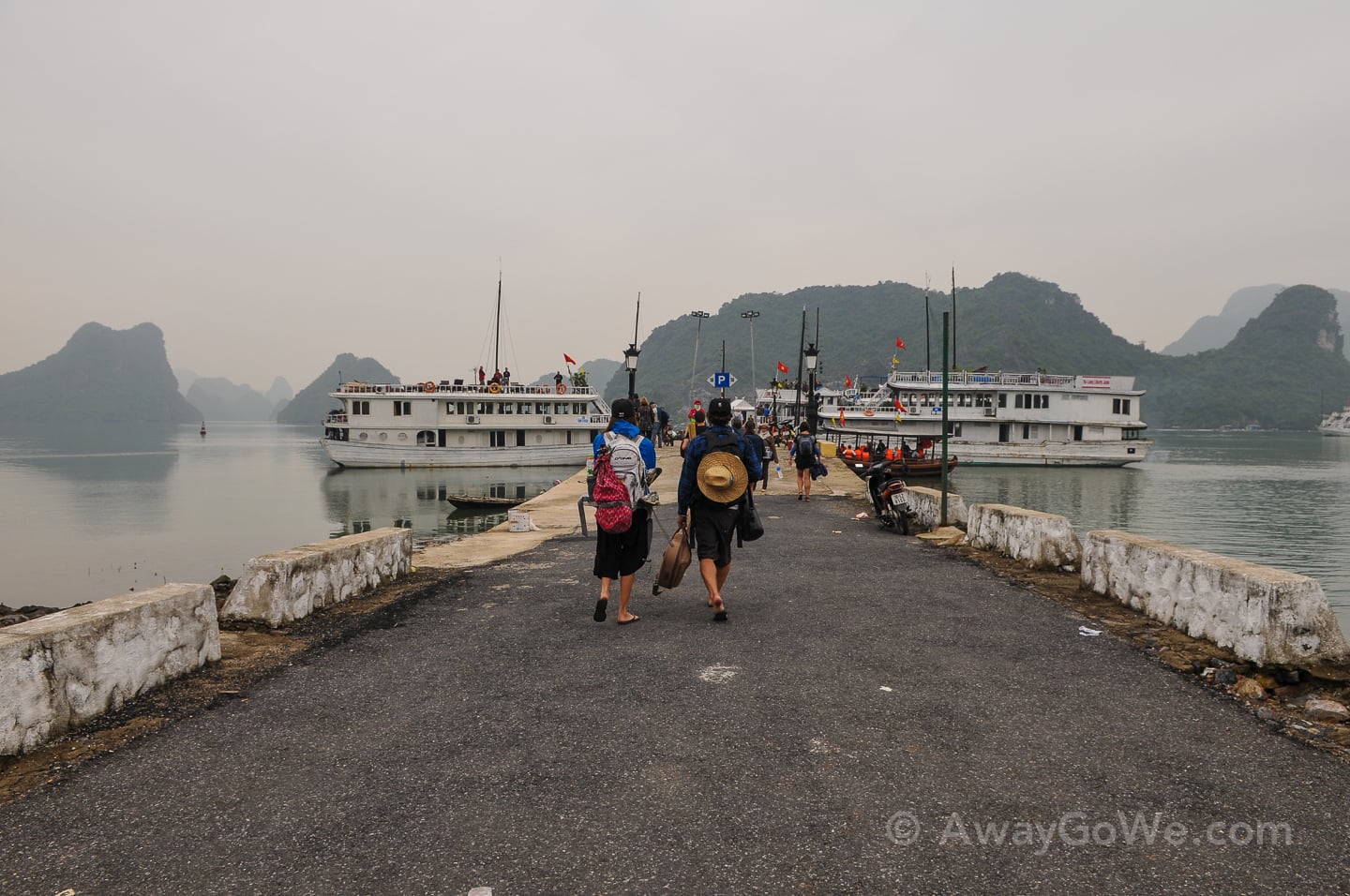
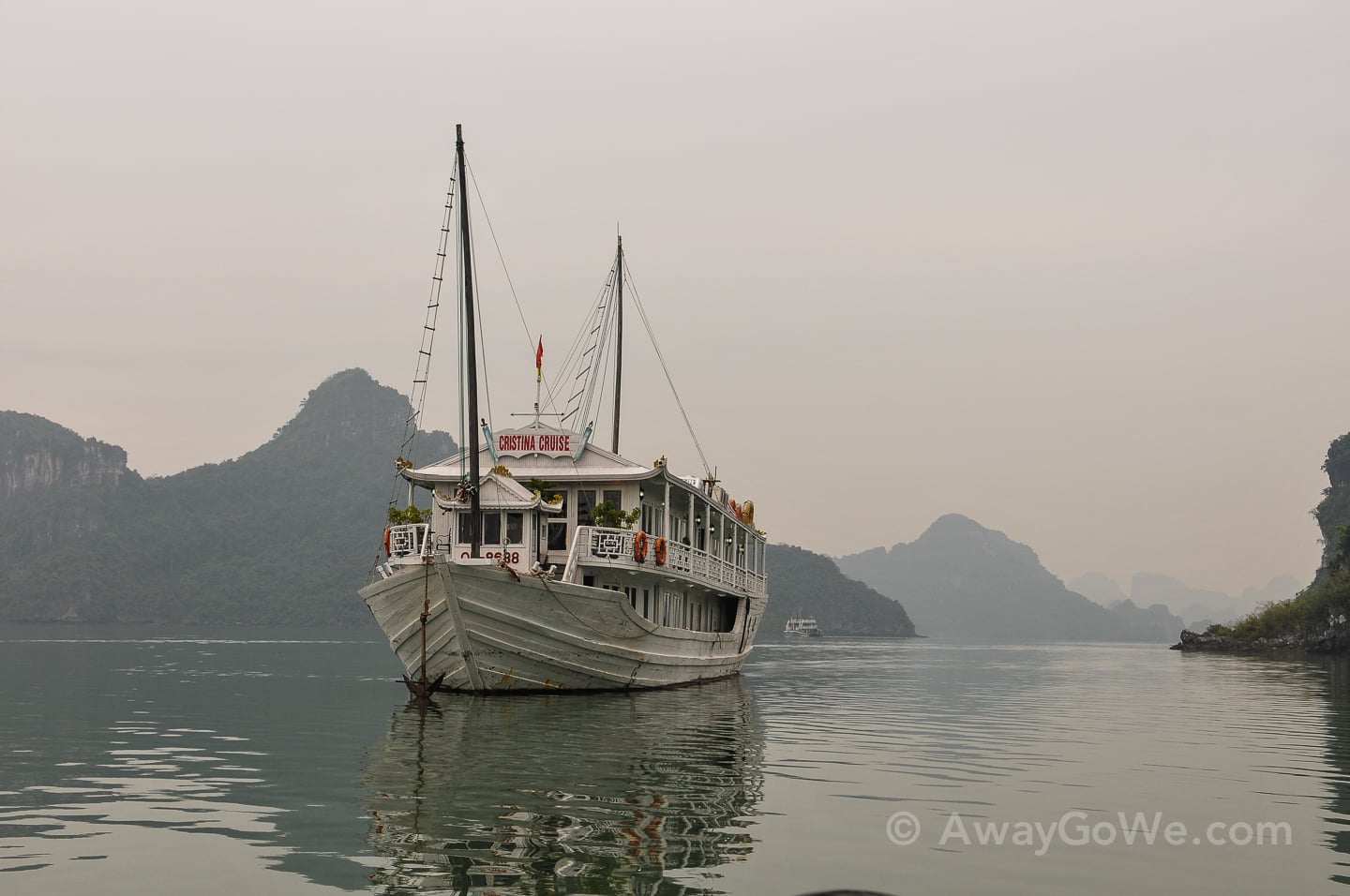
Back on board the cruise boat, we washed up, grabbed some hot tea and went out onto the deck to take in the last few hours of this stunning place on this foggy day.
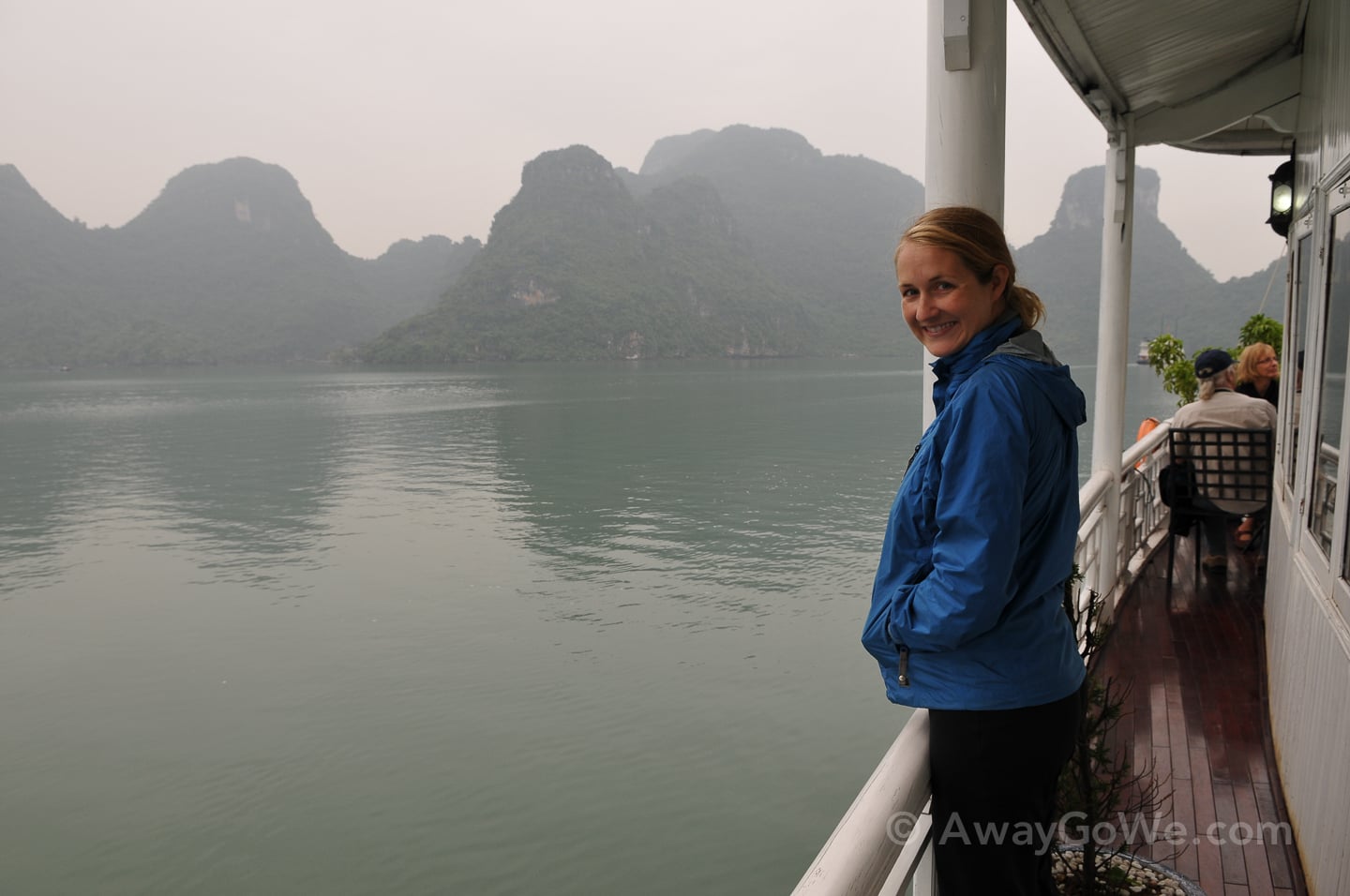
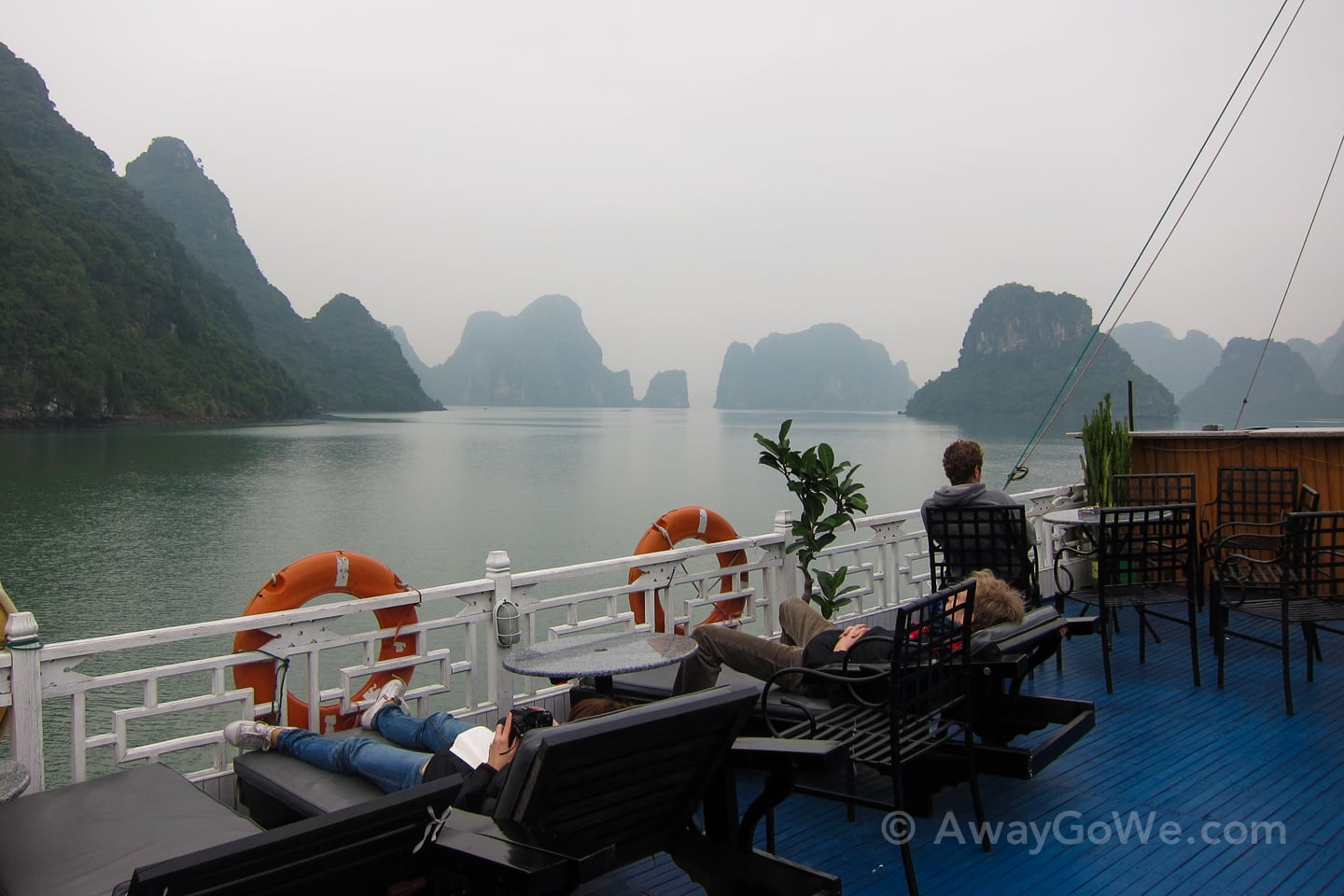
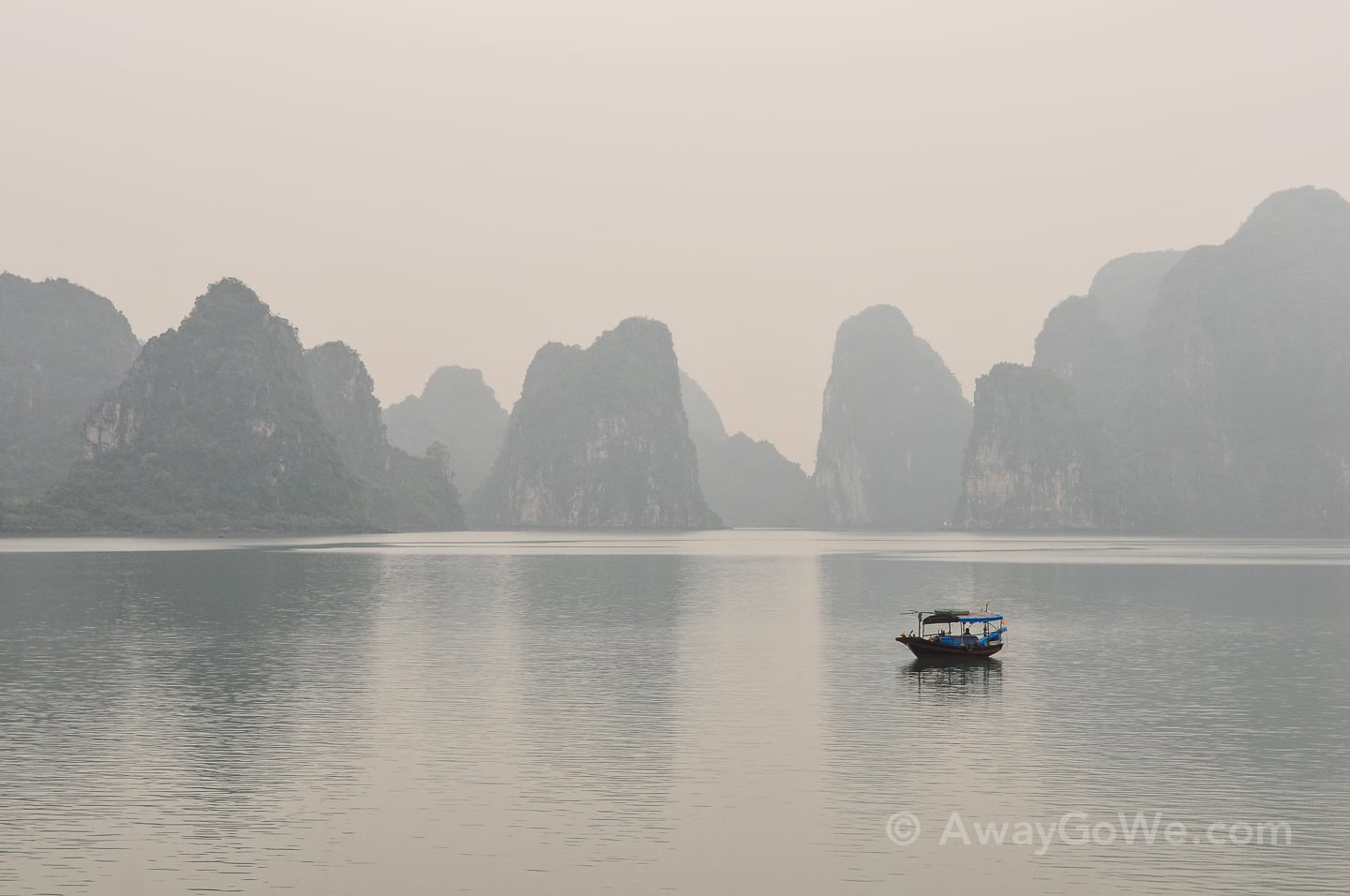
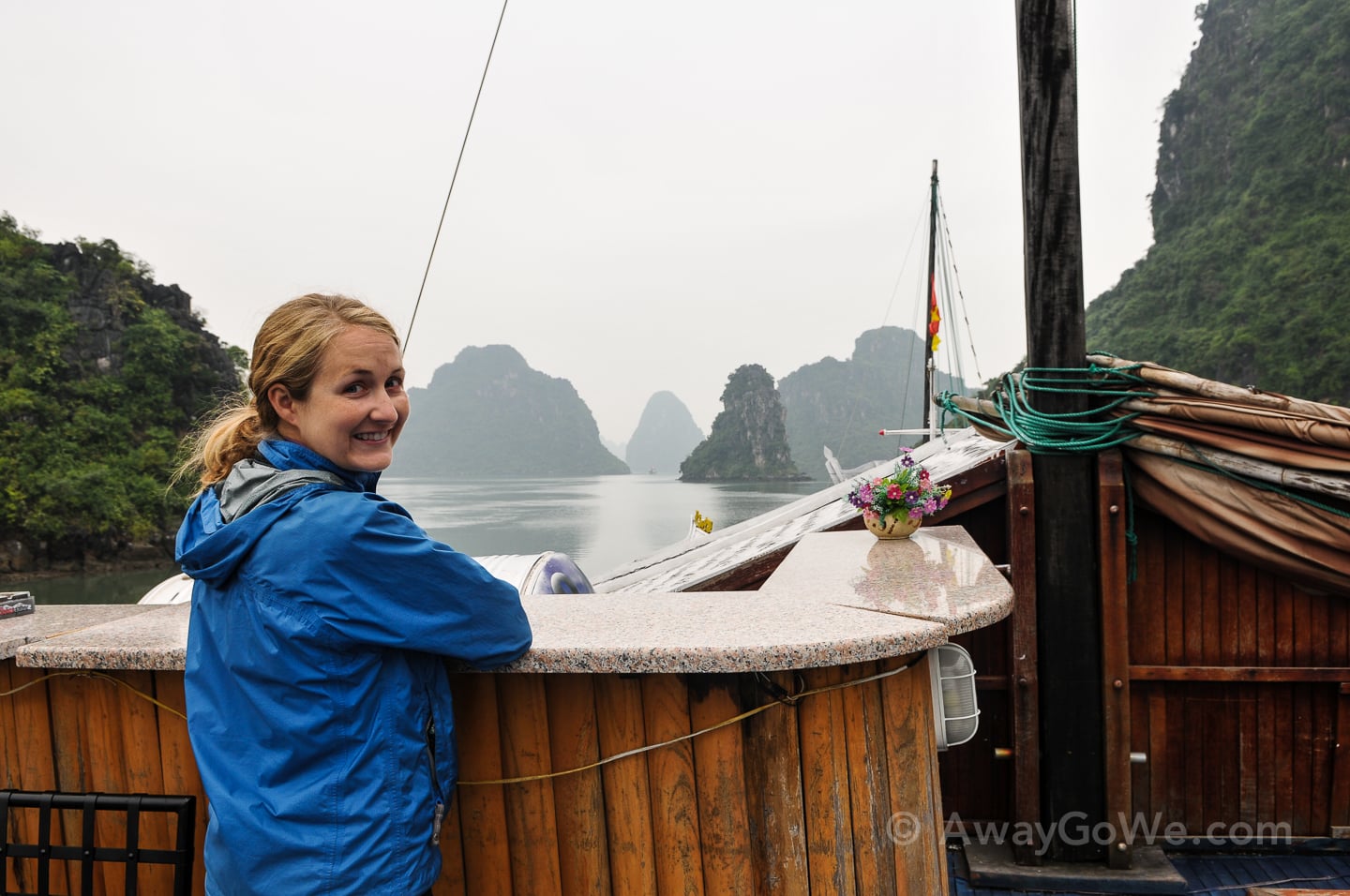
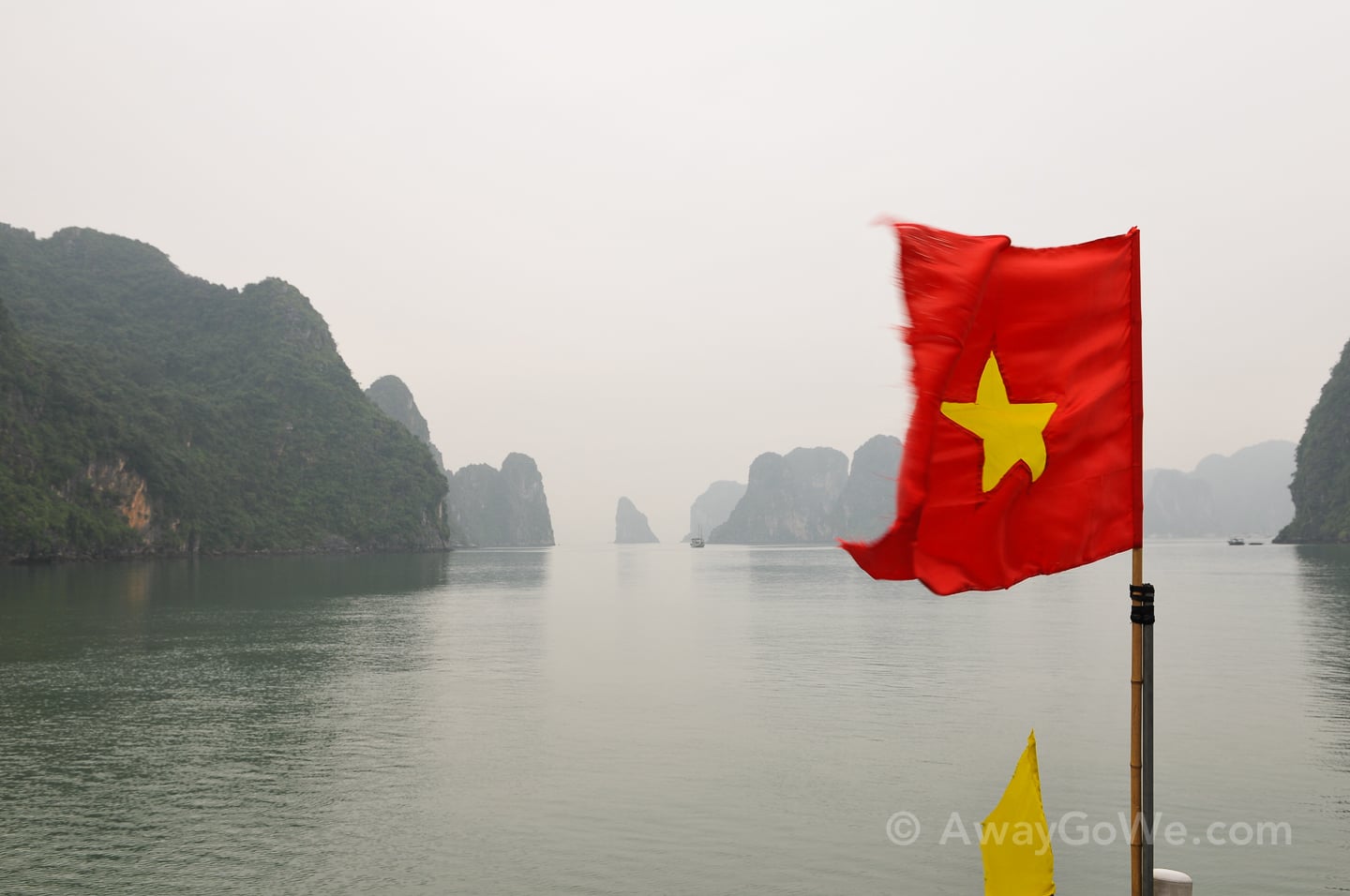
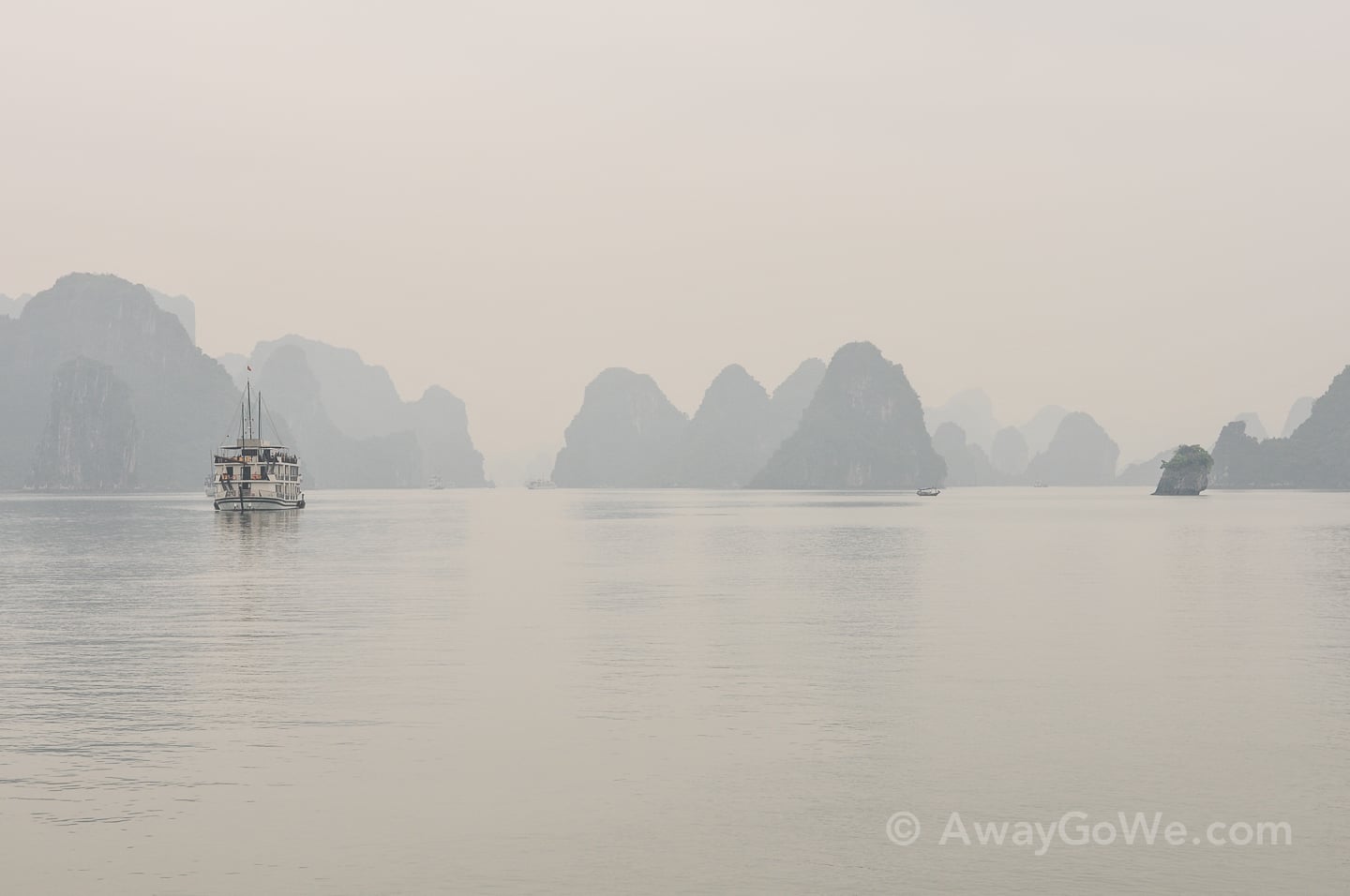
Hạ Long Bay is dotted with around 2,000 limestone islets, taking some 500 million years to form into what we see today. Human beings have called this place home for tens of thousands of years, and the area has long been the setting of many significant events in Vietnamese history and folklore.
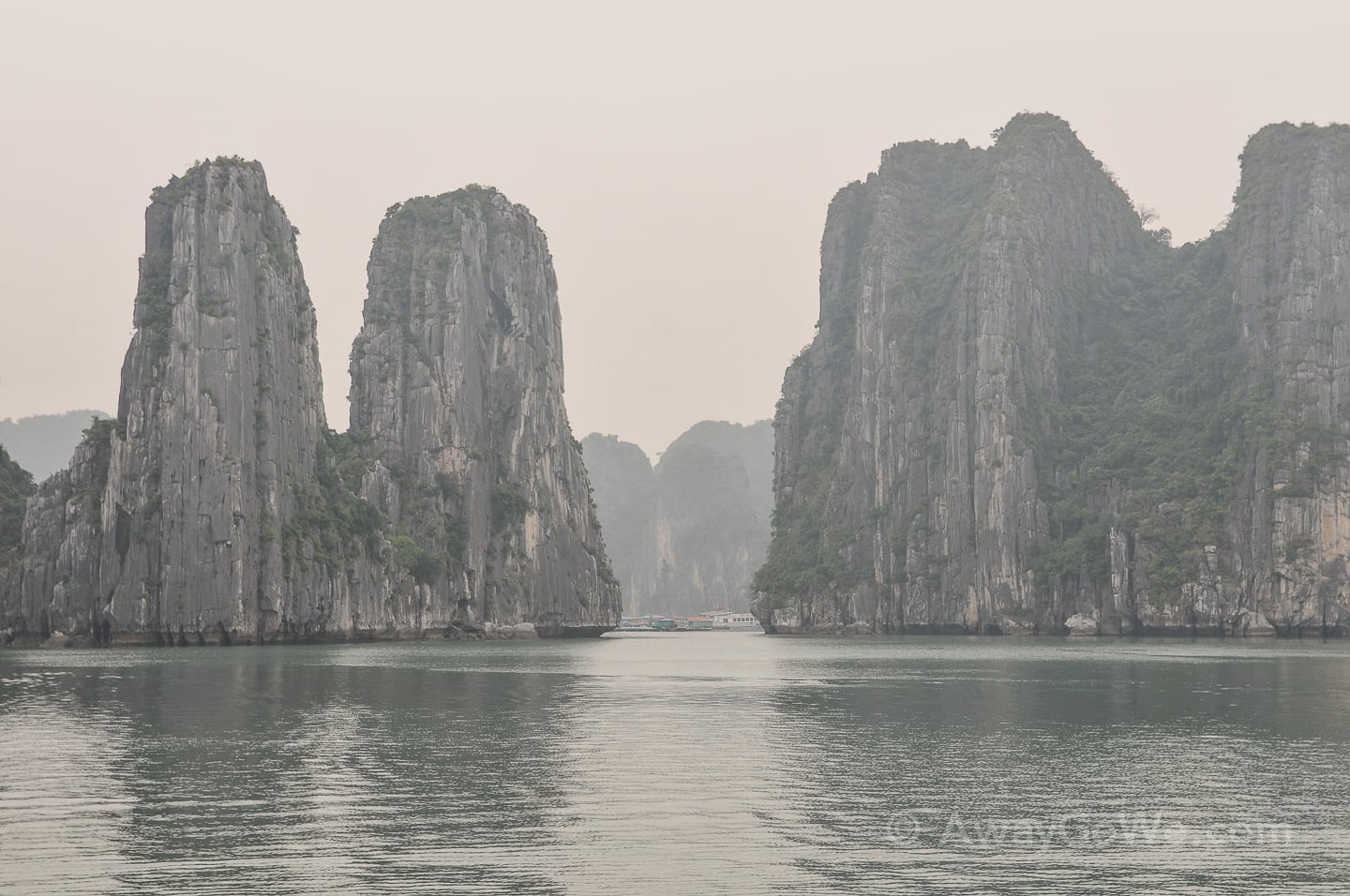
In 1994, Hạ Long Bay was listed by UNESCO as a World Heritage Site for its outstanding, universal aesthetic value. In 2000, it’s listing was updated to include recognition for its outstanding geological and geomorphological value as well.
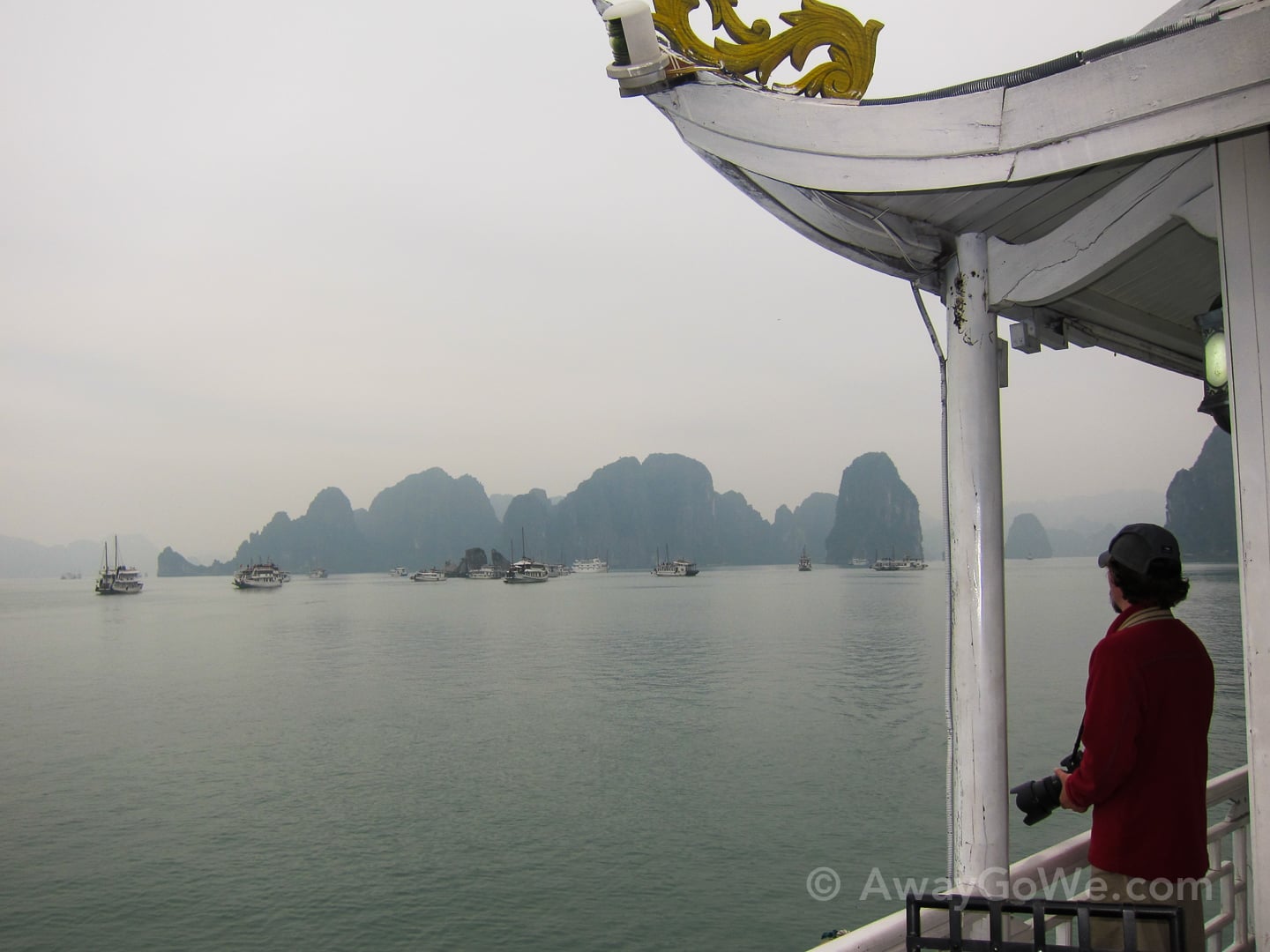
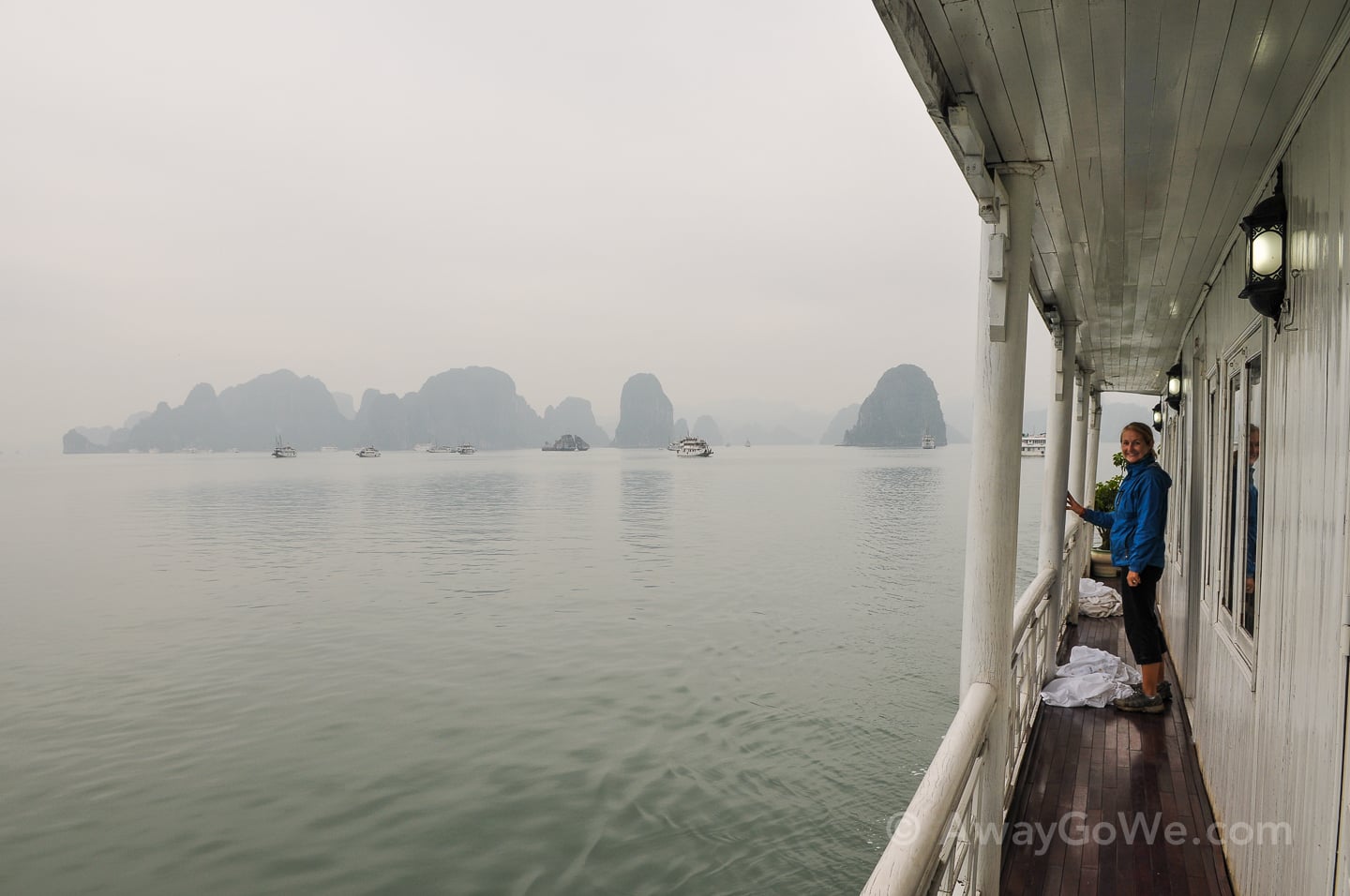
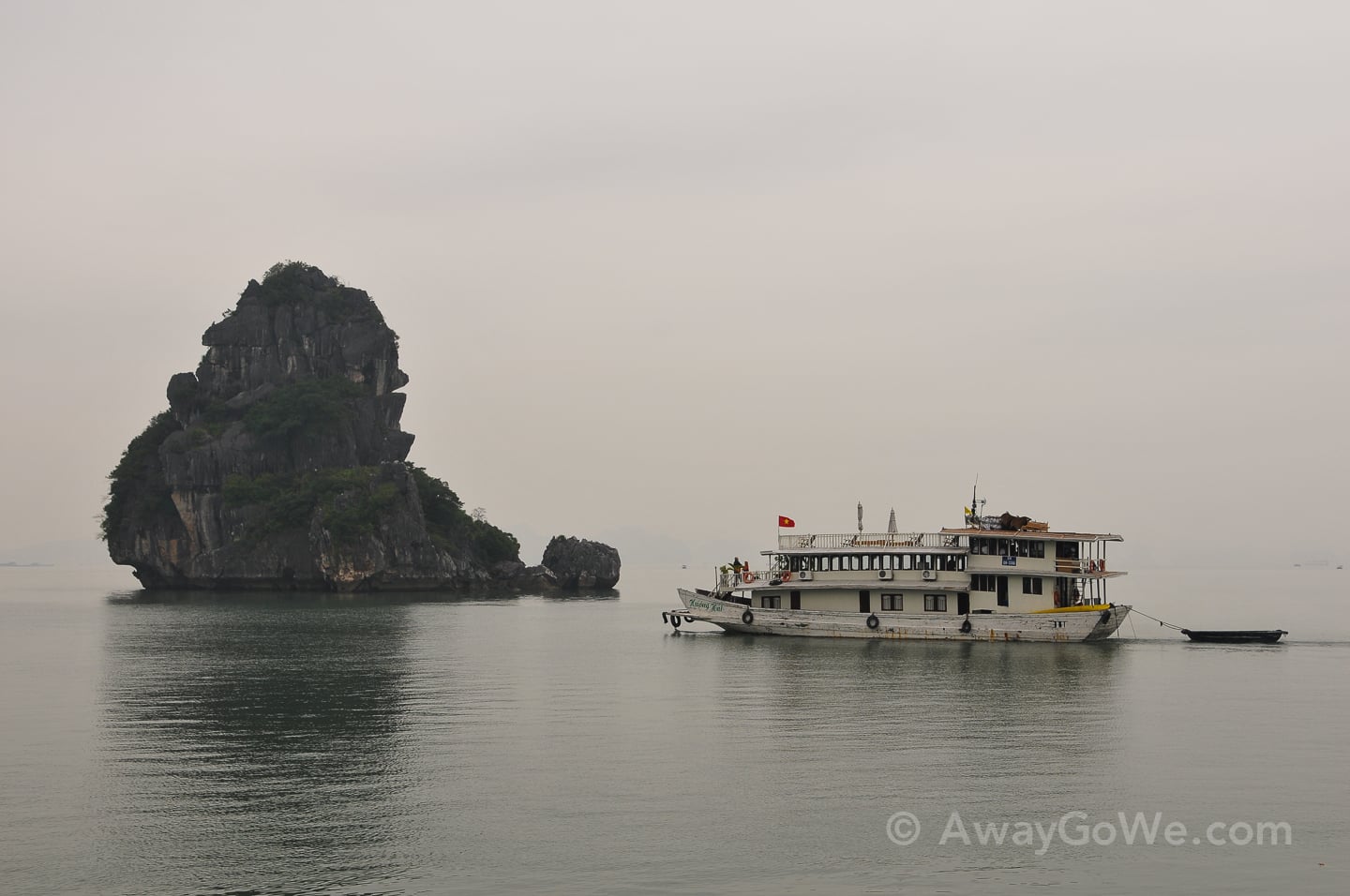
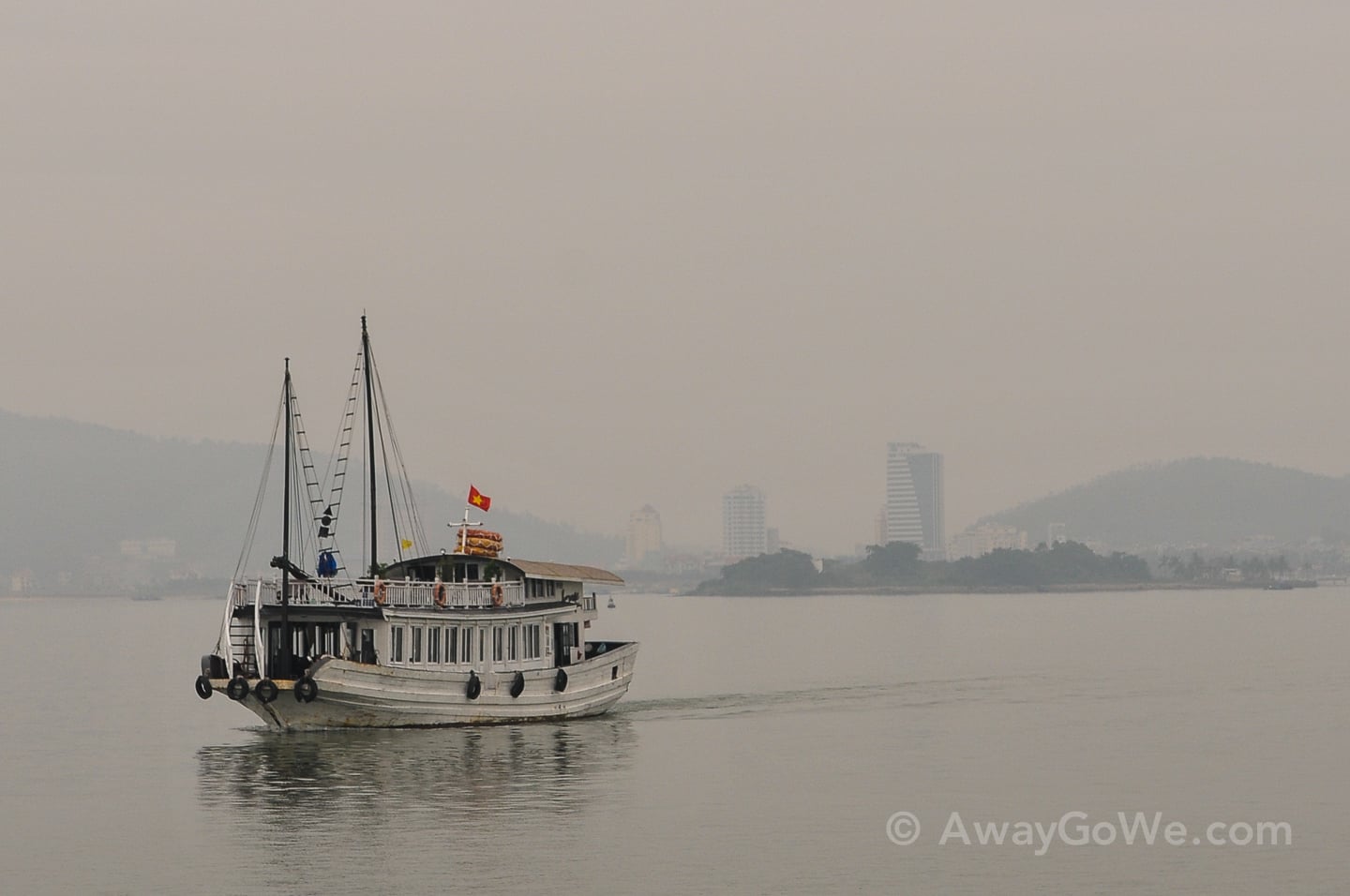
All too soon, the skyline of Hạ Long City appeared through the mist, and we knew our time on the bay was quickly coming to an end.
Certainly one of those unique experiences that we feel fortunate to have taken part in. Who knows what the future holds for this place. The Vietnamese government seems to be doing a better job than most at regulating the number of boats, distributing the high number of visitors throughout the bay, and addressing environmental issues.

As the middle and upper income segments of society in East Asia rapidly expand so will the number of tourists to places like Hạ Long. Will the Vietnamese government continue to strictly regulate this special place into the future or will it give in to the temptation to attract more tourism revenue?
Only time will tell.
